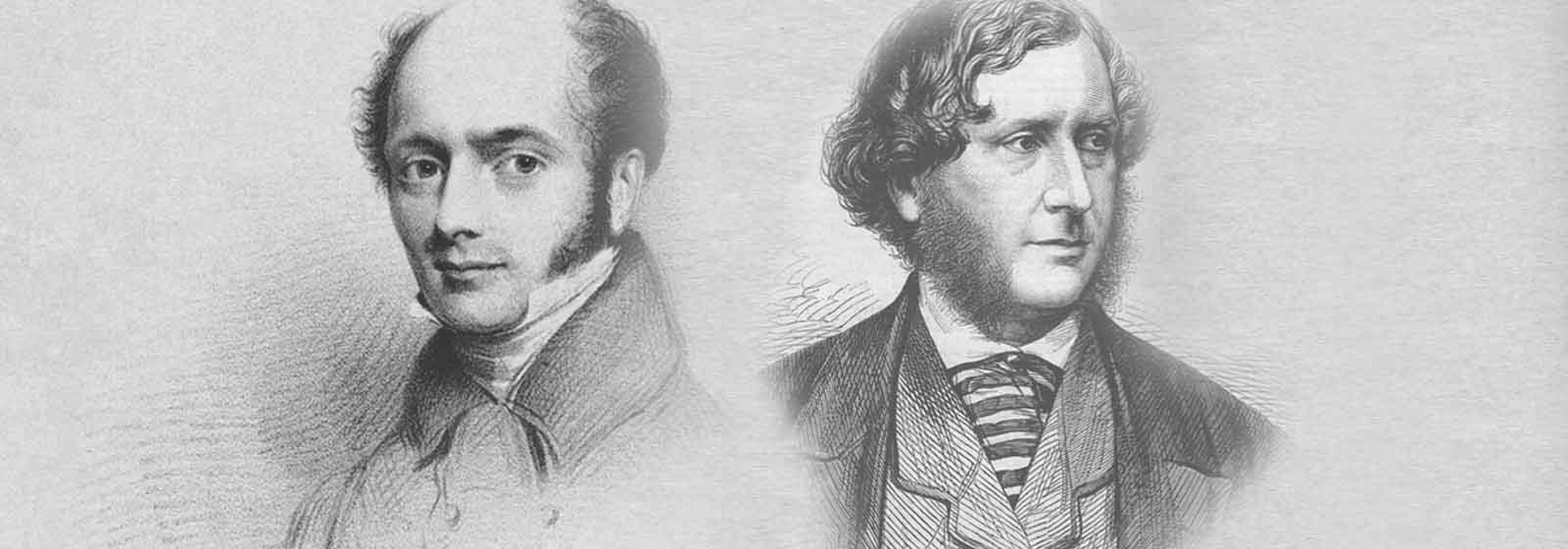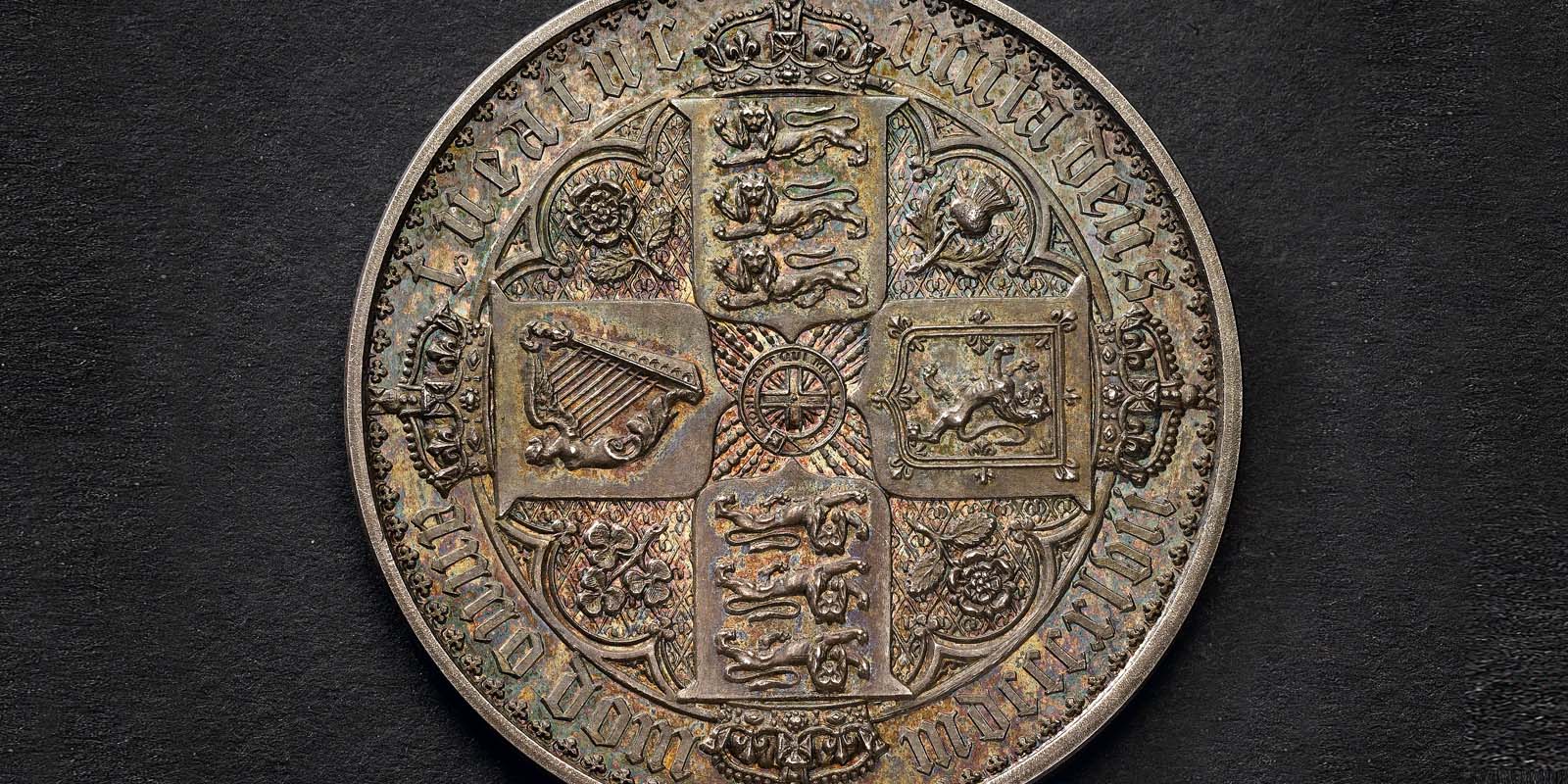First issued in 1847, the Gothic Crown is the latest release in The Great Engravers Collection and concludes a trilogy of coins celebrating designs by William Wyon RA. After announcing himself with the Three Graces in 1817 and producing Una and the Lion at the start of Queen Victoria’s reign, the artist created the Gothic Crown at the very peak of his power, with both its obverse and reverse designs the work of a consummate genius.
The Gothic Revival
As neoclassicalism receded in the early nineteenth century, it was replaced by a renewed interest in the Middle Ages. In literature, writers like Sir Walter Scott contrived romantic tales of knights set against a backdrop of castles and tournaments, whilst in architecture Augustus Pugin, the draughtsman who worked on the faux medieval reconstruction of the Houses of Parliament that began in 1840, became a leading figure in the renewed use of Gothic forms. Prevalent across the wider artistic community, this movement became known as the Gothic Revival.
Medieval Stylings
The Gothic Crown reflects this artistic trend as these influences found their way into Wyon’s work. The coin’s lettering resembles medieval calligraphy, whilst Queen Victoria’s hairstyle – long plaits that encircled her ears – along with her crown are other notable characteristics inspired by this period that are evident in the portrait that appears on the obverse.
Nations United
The reverse design of the Gothic Crown represents the three nations brought together by the Act of Union in 1801. The shields bear three lions passant for England, a single lion rampant for Scotland and a harp for Ireland. Founded by Edward III in 1348 to uphold the values of chivalry, the symbol and motto of the Order of the Garter appears in the centre, whilst the original coin carries Wyon’s initials either side of the uppermost crown.
Numismatic Tradition
The quartered Royal Arms has a long tradition in numismatics. Keenly aware of The Royal Mint’s history, Wyon delved into its past for inspiration and similar designs can be found on the crown pieces of Charles II (1660–85) as well as the guinea, the pre-eminent British coin of the eighteenth century. However, no prior quartered arms that appeared on British coinage comes close to replicating the skill and ambition of the shield that adorns the reverse of the Gothic Crown.

A Joint Collaboration
Attributable to the involvement of the Scottish artist William Dyce RA (1806–64) with whom he had previously collaborated, the design marked a stylistic departure for Wyon. Dyce claimed that the idea for the coin was his and suggested that important elements of the design, such as Queen Victoria’s headwear and dress, were copied directly from his drawings, as well as the arrangements of the shields. However, although Dyce and his work served as inspiration for the design, this was Wyon’s artistic triumph. Sadly, it was one of his last major submissions for British coinage before his death in 1851.
Skilfully Remastered
Given the ornate beauty of both the obverse and reverse designs, each side of the Gothic Crown warrants a new coin in its own right. The task of returning to our illustrious past and breathing new life into these classic designs fell to a team led by The Royal Mint’s current Chief Engraver, Gordon Summers. Given modern perceptions formed around the huge advance in minting technologies, the process required great sympathy and skill. The result is a beautiful fusion of past and present to create a new take on a treasure of British numismatics.
“In working on this coin, I’ve become aware of the staggering level of thought that has gone into its tiniest details. In a time when we equate perfection with mechanical precision, it is amazing to witness the results of the thousands of micro-decisions made by Wyon when engraving these tools – the subtle changes in the size and position of elements that make them beautiful to the eye, rather than geometrically perfect. For me, these microscopic subtleties lift Wyon’s work from that of a good engraver to that of a great one. Long live the pursuit of imperfection!”
Gordon Summers

